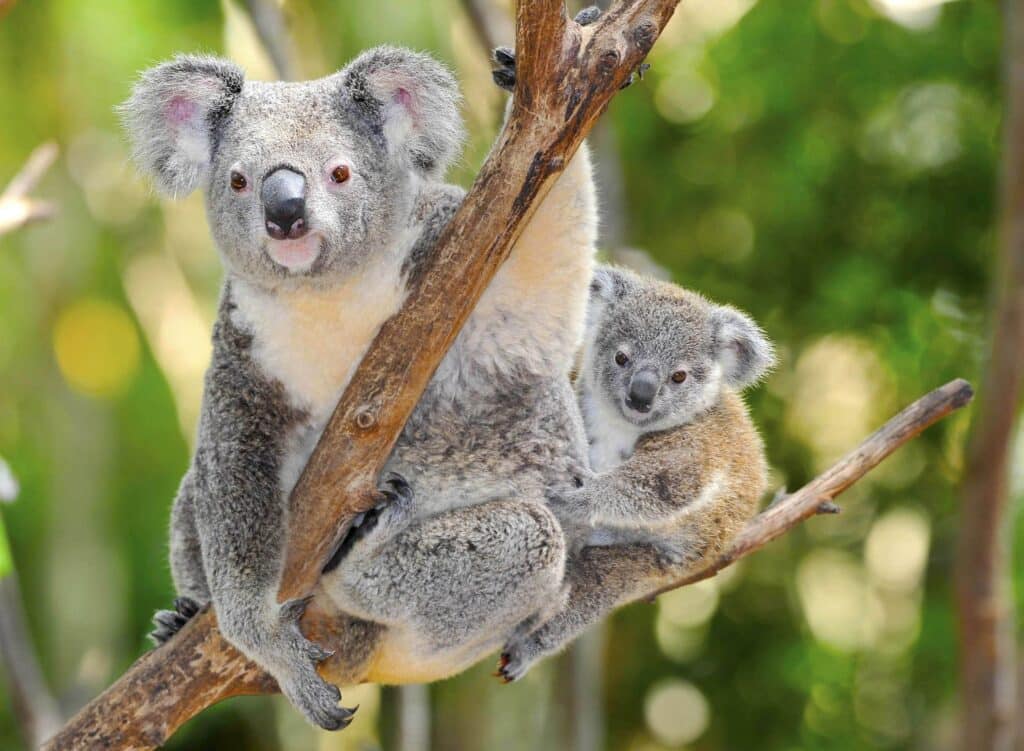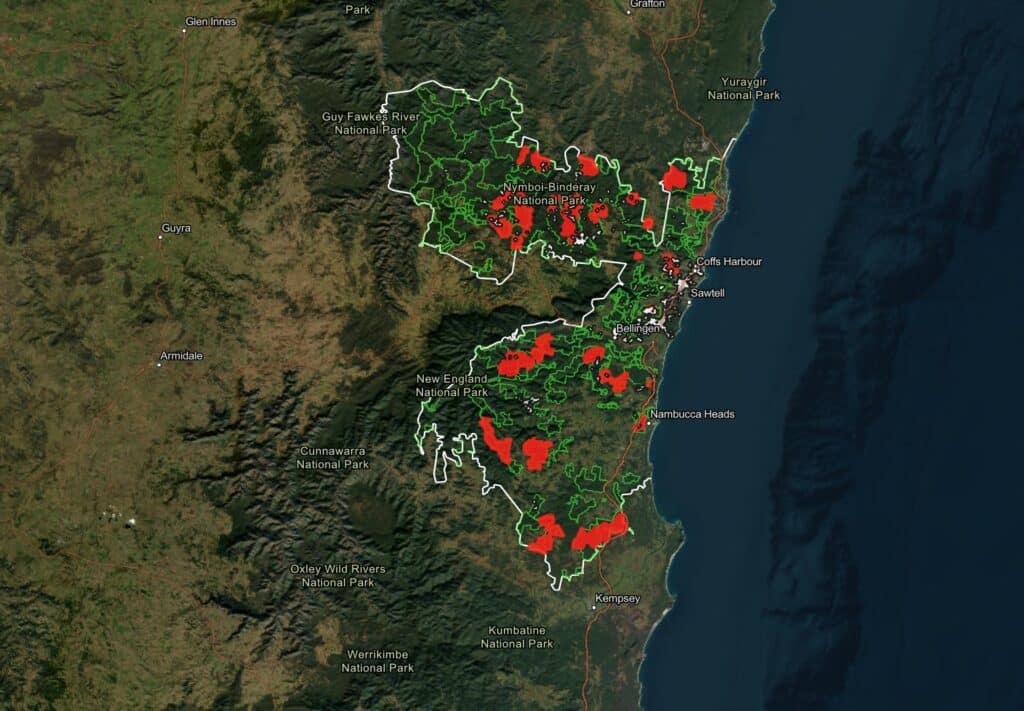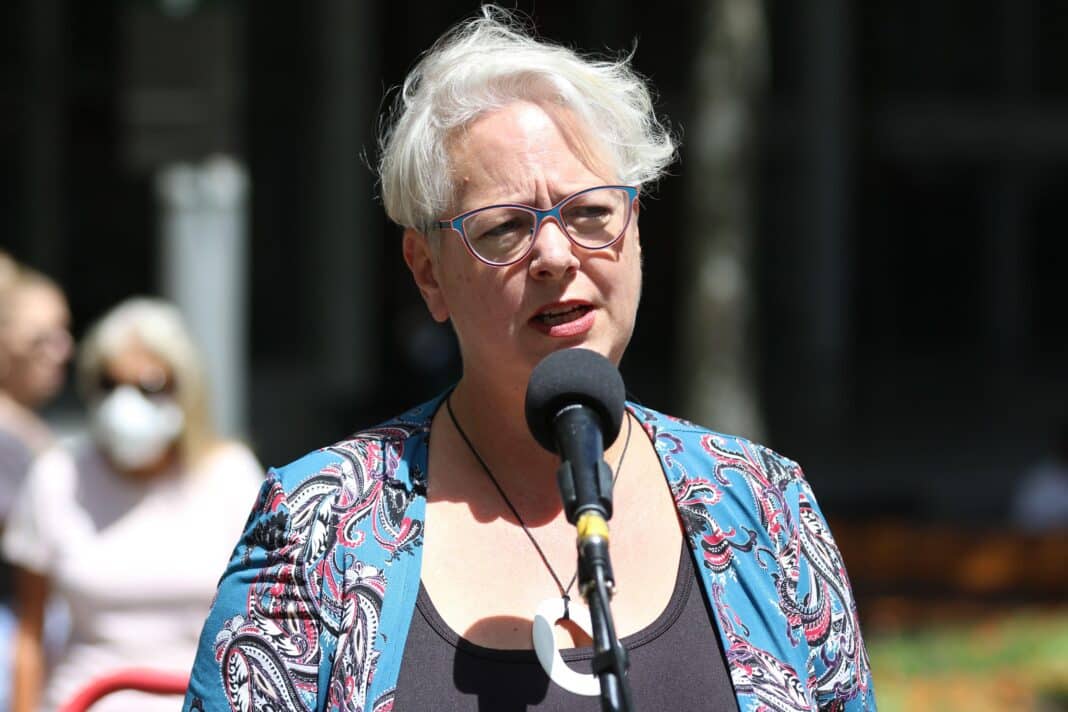Minister Sharpe, NSW’s powerful Minister for Climate Change, Energy, and the Environment, set up the consultative process for the Great Koala National Park in late 2023.
The Consultative process consists of an industry group, a community group, and a First Nations panel. The background is an ALP Election policy to establish the Great Koala National Park (GKNP) using a consultative process, with $80M to be applied for the establishment of the Park. The other part of the Election process was maintaining a sustainable native forest or hardwood industry, but this has no funding.
Sounds good! Well, maybe you can see the (intended) flaw in the policy.
Seeking out the bush tom toms over the last five months, this policy flaw is apparently very much intended.
The grumbles from Coffs Harbour, where the industry group meets, have been getting significantly louder at the end of each meeting of the Industry Committee. The Committee is comprised of union representatives, industry participants, public servants, and a member of Minister Sharpe’s office. There have now been four meetings.
The reasons for the disquiet which is now bordering on anger are several. It would be fair to say that the trust between the Government process and the industry representatives has gone.

There are serious and significant conflicts of interest.
NSW National Parks, the beneficiary of the GKNP, is running the consultative process. It is now clear that their interest is retaining all the $80M allocated as a real budget line item into their clutches—simply empire building.
Two of the consultants appointed without consultation by National Parks are from the mate’s club. The Economic Assessment is a firm made up of ex-ALP staffers from Rudd and Gillard’s offices who went to work with a consultancy operated by the current Federal member for Parramatta, who sold it before entering politics.
The Carbon specialist from ANU has written and advised for years that native forestry must be shut down. This is well-known within the forestry industry and unhelpful to any impartial appraisal.
Of course, this person conflicts with other recognised work, which has been peer-reviewed in the same area done by the NSW State Government and the Federal Government. This peer-reviewed work is Australian-only research, whereas so many who seek to close the Australian hardwood industry rely on European research. Research conditions are very different from Australian conditions.
When these objections have been raised, the staff from National Parks have said the objections have no foundations. Instead of saying ‘go figure,’ one should say ‘Go Google. ‘ Indeed, it seems the NPWS staff protest too much, suggesting there is indeed a real conflict, and they know it.
Remember, the Minister is aware of these appointments and the process she established.
The process is a stitch-up!
There is a steering committee which receives feedback from the consultative panels.
The Industry panel members were advised that the meetings would not have minutes but only meeting notes. You might ponder the difference. Minutes are approved as an accurate record of the meeting. Meeting notes are not approved and can be adjusted as seen fit by the panel coordinator, NSW National Parks.
Feedback is that the notes bear no resemblance to what the industry and union representatives said at the meeting. Instead, they are what the National Parks staff considered best to write, factual or not.
The group has now taken to moving motions. There is no guarantee these will reach the Steering Committee. There is no communication between the Steering Committee and the Industry Group. Not even an acknowledgment of receipt of meeting notes or any requests for clarification.
There is insufficient time to discuss items on the agenda. Industry and union representatives are denied an opportunity to speak as time runs out on the agenda item before it gets started.
The agenda is called a rolling agenda. This means that when any issue is raised, it is put on the agenda of the next meeting. It has reached the point where representatives are saying that it was put on the agenda before! The matters are not being discussed. The only conclusion is that it does not suit the objectives of the National Park staff.
Suggestions from industry representatives are ignored.
The meeting conditions are deplorable. Although an online facility is made available, online participants cannot hear the meeting, and the agenda on the meeting screen is not shared with online participants.
Yet the Minister sends a member of her staff alone online.
One must ask just what is going on. Well, it has been said repeatedly it is a stitch up.
It is certainly not what an ordinary person would consider consultation.
Hook or by crook, Minister Penny Sharpe will get the Park. It is about ALP left-wing politics versus the Greens and has to do with Inner Sydney City seats.
The area under assessment keeps on growing.
At the second and third meetings, the National Park staff indicated that the area under assessment had altered, that is, substantially increased. Checking these increases did not comply with the ALP Election Policy of 2023.
The industry group’s objections were ignored.
Level of precise communications
Information provided by the National Park staff is essentially public sector speak. Any attempt to seek clarification is rejected. Any attempt to push for clarification sees the National Park staff being affronted. On one occasion, one of them said with great indignation: “How could you say that?”
This paints a picture of what is occurring. It is a time-wasting exercise so the NSW Minns Government can say they consulted.
The challenge is that without frank and fulsome industry consultation, the consultative process will be a case of ‘garbage in and garbage out’. Frankly, it appears that this is what the NSW Government is seeking: a consultative process that gives it the Report it seeks. This is not new.
Regarding the Red Gum Forests, the NSW ALP Government closed parts of the forest to gain Green preferences and promised a thriving eco-tourism industry. The town that was to prosper from this promise is just short of a ghost town reduced from a flourishing township.

In January 2025 the GKNP area will be moved from the control of the Forestry Corporation of NSW to the NSW National Parks. These dates are in the diary. They are set in concrete.
It will be Minister Sharpe’s Christmas present for the thousands of timber industry workers on the North Coast.
What is at play here is ideology. The ideology of converting all the Eastern escarpment of the Great Dividing Range to wilderness. This is what the Green movement has sought for over fifty years.
Tim Flannery, the man who said Warragamba Dam would never fill again as it would not rain due to climate change.
He wrote in the 1970s:
Many conservationists would like to see large areas of Australia set aside as ‘wilderness’ or areas left totally uninterfered with by humans.”
One can hear the cheers from the highly urbanised seaboards of Sydney and Melbourne: Teal and Greenie territories. But wait, Flannery continues, and it is important material:
However, as one who has studied Australian biohistory and ecology, I have come to the sad realisation that Australia is one of the few continents that cannot afford wilderness.
In brief, this is because we (Homo sapiens) are the last of Australia’s megafauna. … Removing us from the environment is equivalent to having a megafaunal extinction all over again. Such disruption leads to tropic cascades that cause the extinction of many small animals and probably plant species.
Our perception of this problem is clouded by the devastation of the Australian environment that has occurred over the past 200 years. We have come to see people, particularly Europeans, as a negative force in the environment. In fact, I am now convinced that much of the damage over the past 200 years was not the result of what the Europeans did but what the Aborigines could not continue doing.
Flannery concludes his article by stating that if we wish to see the Australian landscape remain in its “complex grandeur,” then we must accept that humans are an integral part of it.
The latest NSW Government research on koalas in National Parks and State forests (working forests) has been buried. This Report shows over a seven-year research project through fire and flood the numbers in both areas are the same. The study was on the North Coast of NSW.
Interestingly, a CSIRO Report on koala numbers that reported an increase in numbers has effectively been buried. There is no public commentary from the ALP MPs, ministers, the Greens, or environmental not-for-profits that make a lot of money out of donations for running costs.
Make of all this, as you will. For sure, the larger public good is not going to win in any of this.





